|
by Bronwyn Gill, NTP
Hands down, one of the most important tools in a healthy kitchen is quality cookware. It’s a purchase that you’ll hopefully make once in a lifetime, yet we often go for what’s cheap and easy. Spoiler alert — nothing cheap or easy will ever benefit your pocketbook or health. Im going to cover the two types of cookware you’ll want to avoid, and which options are going to be the best long term investment for your kitchen and your body. The most popular, yet arguably the most toxic option people purchase is non-stick cookware with a plastic coating like Teflon. When Teflon is manufactured, a man-made chemical called Perfluorooctanoic acid (PFOA), also known as C8, is used in the process. PFOA is the most persistent synthetic chemical known to man and is found in the blood of nearly every person tested 1. Toxicologist Tim Kropp, Ph.D., a senior scientist with the Environmental Working Group, finds the situation alarming. He exclaims, “[PFOA] doesn't break down -- ever…It would take your body two decades to get rid of 95% of it, assuming you are not exposed to anymore. But you are.” Further, PFOA has been linked to birth defects, increased cancer rates, and changes to lipid levels, the immune system, and liver. It is likely a human carcinogen and it is highly persistent in the environment 2. The second cookware option you’ll want to avoid is aluminum. While aluminum is the most abundant metal in the earth's crust and occurs naturally in soil, water, and air, its use is also widespread among many consumer products. You can find aluminum used and distributed in cookware, antacids, astringents, buffered aspirin, food additives, antiperspirants, and cosmetics. Specifically, aluminum cookware has been shown to leach a significant amount of aluminum into food during cooking, which could pose a toxicity threat. In humans, high levels of aluminum in the body have been shown to cause brain and bone disease, while studies in animals have shown that the nervous system is a sensitive target of aluminum toxicity 3. The EWG has placed aluminum on their “watch list” due to its extensive use and the uncertainty surrounding this metal and its long term, cumulative health effects 4. For these reasons, avoiding aluminum exposure in your cookware is generally a good idea. Now that we’ve covered the two types of cookware to completely avoid, let’s move onto the two types of cookware you want to have in your kitchen. Oh, and if you’re wondering how to cook your morning omelet without major sticking…we’ll cover that too. Your first option is going to be stainless steel. Stainless steel is easy to maintain, heats up quickly and evenly, can be put in the oven, and will last a lifetime. If the financial commitment of a new stainless steel set is too steep, simply start by purchasing the pieces you use the most and build your perfectly curated collection overtime. The most common complaint with stainless steel cookware is the fact that foods stick. This could happen if you don’t have the proper technique! To ensure a perfect non-stick surface be sure to heat the pan first, add your healthy fat or oil, and then the food. With some practice, it’ll become quite easy, promise! The second option is cast iron. The first known use of cast iron cookware was during the Han Dynasty in China, around 220 A.D. Casting techniques became widespread in Europe by the 16th century, and since then, this versatile equipment has been a staple in households all over the world 5. Cast iron is non-stick, easy to clean, very inexpensive, basically indestructible, will last a lifetime, and is visually appealing. Well maintained cast iron can be passed down for generations making this not only healthy for you but a better way to create a healthy legacy in your family! Cast iron does require maintenance and care through proper “seasoning” to keep them rust-free and non-stick, but this process is quick and easy. Be sure to follow the manufacturer's guidance on how to do this! There we have it — the two pieces of cookware to avoid and the two to go out and purchase today! Happy cooking. 1. DeNoon, Daniel J. “Is Teflon Chemical Toxic? EPA Seeks Answers.” WebMD, WebMD, 13 Jan. 2005, www.webmd.com/cancer/news/20050113/is- teflon-chemical-toxic-epa-seeks-answers#1. 2. Ewg. “New Study and New Dangers of the Old Toxic Teflon Chemical.” EWG, www.ewg.org/enviroblog/2009/…/new-study-and-new-dangers-old- toxic-teflon-chemical. 3. “Toxic Substances Portal - Aluminum.” Centers for Disease Control and Prevention, Centers for Disease Control and Prevention, 21 Jan. 2015, www.atsdr.cdc.gov/phs/phs.asp?id=1076&tid=34. 4. “Food Additive ‘Watch List.’” EWG, www.ewg.org/research/ewg-s-dirty- dozen-guide-food-additives/food-additive-watch-list. 5. Bomberger, Sabrina. “The History and Resurgence of Cast Iron Cookware.” WebstaurantStore, WebstaurantStore, 6 July 2016, www.webstaurantstore.com/…/…/history-and-resurgence-of-cast- iron-cookware.html.
0 Comments
Ingredients:
Directions: First, wash and loosely chop the head of cauliflower and prep it to go into a food processor with a grater attachment. Shred it to rice sized pieces. If you don’t have a food processor you can chop the cauliflower into small rice sized bits (this may take a little longer). Heat the olive oil in a large skillet. Toss in the onions and cook until translucent, about 3-5 minutes. Add the garlic, cooking until golden. Then, add in the cauliflower “rice”. Cook for a couple of minutes to combine then add 2 cups of vegetable stock. Keep on medium heat and cover. Cook until cauliflower is soft but not mushy. By this time, most of the liquid should be absorbed (I had to drain a little stock out of mine so it wasn’t soupy). Stir in mushrooms and spinach, a little at a time to combine. Heat thoroughly so spinach wilts. Serve topped with a sprinkle of Parmesan and a pinch of salt-if needed. Ingredients
Directions: Combine milk, honey, almond butter, vanilla and cocoa powder in a bowl and blend with a hand mixer (or blender). Whisk in 2 Tbs of Chia seeds. Let it sit for 15 minutes and whisk briskly again to break up an chia chunks and refrigerate for 3 hours before serving. Chia will expand to make a delicious pudding. Serve with your choice of healthy toppings: sliced bananas, shredded coconut, almond slices. The possibilities are endless. 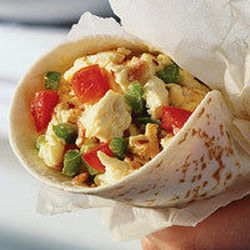
Struggle to manage a healthy breakfast in the morning? This delicious wrap can be prepared the evening before and refrigerated overnight as a convenient and filling breakfast.
Makes 1 serving:
Directions:
Does it make sense for our diet to be based around grains?
Compared to vegetables, grains contain very few nutrients. Grains are also packed with an unhelpful substance called phytic acid, which prevents nutrient absorption by binding essential minerals in the intestine (1). The agricultural revolution shifted the gears of our human diet so that as populations grew, we could have a steady source of calories. As we moved away from the country into villages and cities, we no longer had to chase after food as hunter-gatherers, but could grow it where we wanted to live. As agricultural practices were modernized for mass efficiency, wheat took over as the master grain of the western diet. Wheat never has been a high quality source of nutrition, but today the grain is so processed that it lacks any benefit whatsoever. Due to the popularity of wheat, we take it for granted that it has become a major contributor to common health challenges. The problem with modern wheat, as well as rye and barley, is that each is a massive source of gluten, a protein that many people may be sensitive to. Gluten causes issues for many of us because it damages the lining of our intestines, which is not only painful, but also causes stool inconsistency and unnecessary fatigue (2). Brain disorders have also been found to be associated with gluten consumption such as schizophrenia and cerebellar ataxia (3, 4). To figure out if you have an issue with gluten it must be eliminated from your diet for two to three weeks before being reintroduced. Gluten is a large protein that can take a long time to eliminate from your system, so you're better off eliminating it for as long as possible before reintroducing it. We found that many of our clients experience such a significant boost in energy after eliminating gluten and grains that they decide to steer away from both completely.
This recipe is a fun twist on a breakfast favorite. Cauliflower makes a great addition to gluten-free recipes, and this is no exception. If you'd like to try a different topping for these bagels, consider sunflower seeds.
Makes 5 servings: For the topping:
For the bagels:
Directions: For the topping:
For the bagels:
Adapted from Lexi's Clean Kitchen, published on www.sheknows.com
This article was originally published on mindbodygreen.com on January 10, 2015 by Meghan Telpner. We enjoyed it so much that we wanted to share it here on our blog. Enjoy! We all know protein is important. But even if we're vaguely aware that we need to watch our protein intake, it's easy to write it off as something only body builders or people on strict diets need to worry about. For women especially, it's not uncommon to go without a good source of protein until the evening meal. Protein is about more than building muscle. Each and every body part requires protein to function, from red and white blood cells to hair and skin (all made of protein.) Eating protein at every meal stabilizes our blood sugar levels, helping with everything from mood to weight management to nervous system health. So how do we boost our protein intake without resorting to a big hunk o' steak? It's easy to get more protein in your diet without sacrificing your favorite meals. Power up your existing favourites with these easy-to-use plant-based sources of protein. 1. Fermented Protein Powder Health Benefits: While regular vegan protein powders can sometimes be difficult to digest, the fermented variety supports healthy gut bacteria. How To Use: Blend it in with your morning smoothie. 2. Ground Flaxseeds Health Benefits: On top of being high in protein, flaxseeds are also a good source of plant-based omega-3 fatty acids. Their fiber content and mucilaginous nature also make them great for gut health. How To Use: Sprinkle ground flaxseeds onto oatmeal or cooked veggies for a nutty flavour. You can also add ground flaxseeds to homemade baked goods. Recent studies have found that cooking flaxseeds leaves the omega-3 content intact. 3. Chia Seeds Health Benefits: Like flaxseeds, chia seeds are high in protein and omega-3 fatty acids. Because they can absorb so much liquid (becoming a chia "gel"), they can also help prevent dehydration. How To Use: Chia seeds can be added to smoothies, sprinkled on porridge, used to make puddings, or even as a grain-free "breading" for chicken or fish (if you eat it!). 4. Sunflower Seeds Health Benefits: High in protein, sunflower seeds are also anti-inflammatory, which can help with symptoms of conditions like asthma and arthritis. How To Use: Sunflower seeds can be sprinkled on salads and porridge. Ground sunflower seeds can also be used in place of flour to dust meats or added to grain-free baking recipes. 5. Nut Butters Health Benefits: High in healthy fats and protein, nuts are wonderful for balancing your blood sugar levels, and using all-natural nut butters is a great way to get them in your diet. How To Use: Add a scoop of almond butter to your green smoothies, spread some cashew butter on a homemade gluten-free muffin or replace the maple syrup on your oatmeal with a spoonful of your favourite nut butter variety. 6. Spirulina Health Benefits: While "green" isn't normally the color you'd think of when it comes to protein, this algae is actually a 65% highly-digestible protein. It's also incredibly high in calcium, making it great for bone health. How To Use: Spirulina makes for awesome addition to a green smoothie. It can be strong-tasting, so start slow! 7. Hemp Seeds Health Benefits: Hemp seeds are packed with protein. They also contain the ideal balance of omega-3 to omega-6 fatty acids. How To Use: Hemp seeds can be added to smoothies or sprinkled on top of salads. They are soft and don't need straining, so they're great for making dairy-free seed milk, too. 8. Alfalfa Sprouts Health Benefits: Sprouts are rich in immune-boosting vitamin C, and alfalfa sprouts are made up of as much as 35% highly-digestible protein. How To Use: Sprouts are an awesome salad-topper or great addition to any green smoothie. These are an easy one to grow yourself. Check out this handy sprouting tutorial. 9. Chickpea Flour Health Benefits: Baked goods aren't exactly the first thing protein source you'd think of, but swapping your usual flour for a high-protein, gluten-free one is a great way to add a protein boost to your day. Since chickpea flour is made of dried, ground chickpeas, it contains all the health benefits of these nutrient-packed beans, including antioxdiants, digestive support and blood sugar regulation. How To Use: Chickpea flour works best in gluten-free baking recipes when it makes up no more than 25% of the total flour content, so mix and match it with other flours for best results. 10. Pumpkin Seeds Health Benefits: Pumpkin seeds are high in magnesium, which key to nervous system health and is necessary for more than 300 chemical reactions in the human body. They're also high in, you guessed it, protein! How To Use: Pumpkin seeds can be added to your morning smoothie (use pumpkin seed butter if you don't have a high-speed blender), used in baked goods or sprinkled on porridge. Lightly toasted pumpkin seeds also make an awesome salad topper!
Many people who embark on a wheat-free journey occasionally need to indulge a craving for break, and this fragrant, high-protein loaf is just the ticket. Apple walnut bread is absolutely wonderful spread with cream cheese; peanut, sunflower seed, cashew, or almond butters; or regular, old-fashioned dairy butter (unsalted if you are salt sensitive). It will not, however, work well for a sandwich due to its gluten-free tendency to crumble.
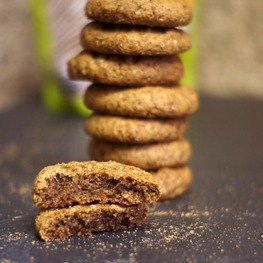
A sweet treat for friends and family!
These wheat-free cookies will satisfy your occasional craving. Replacing wheat flour with coconut flour yields a somewhat heavier, less cohesive cookie. But once your friends and family get familiar with the slightly unusual texture, they will ask for more. This is a basic cookie recipe that can be modified in any number of delicious ways. Chocolate lovers, for instance, can add semisweet chocolate chips and leave out the allspice, nutmeg and ginger to make a healthy wheat-free equivalent to chocolate chip cookies. Makes about 25 cookies (2.5" round): 2 cups coconut flour 1 cup walnuts, finely chopped 3 tablespoons coconut, desiccated 2 tablespoons Truvia, 1/2 teaspoon stevia extract powder, or 1/2 cup granulated Splenda 2 teaspoons cinnamon, ground 1 teaspoon allspice, ground 1 teaspoon ginger, ground 1 teaspoon nutmeg, grated 1 teaspoon baking soda 1 cup sour cream or coconut milk 1 cup walnut oil, extra light olive oil, melted coconut oil, or melted butter 1/2 cup sugar-free vanilla syrup (DaVinci and Torani make good ones) 3 large eggs, lightly beaten 1 tablespoon lemon zest, grated 1 teaspoon pure almond extract Milk, unsweetened almond milk, or soy milk (optional) Directions:
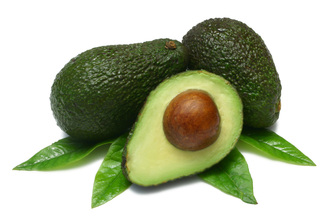
Few combinations burst with as much flavor and zest as this mixture of avocado with lime and cilantro. If being prepared for later, the avocado and lime are best added just before serving.
Serves two: 4 cups mixed greens or baby spinach 1 carrot, shredded 4 ounces tuna (pouch or canned) 1 teaspoon fresh cilantro, chopped 1 avocado, pitted, peeled and cubed 2 lime wedges Directions: Combine the greens and carrot in a salad bowl (or storage bowl). Add the tuna and cilantro and toss to combine. Just before serving, add the avocado and squeeze the lime wedges over the salad. Toss and serve immediately. The salad can be served as is or with added salad dressing. Avocado salad dressings match particularly well. |
Our BlogRead here for more information about our practice, industry news, tips for taking care of your body, and great recipes for healthy living. Categories
All
|

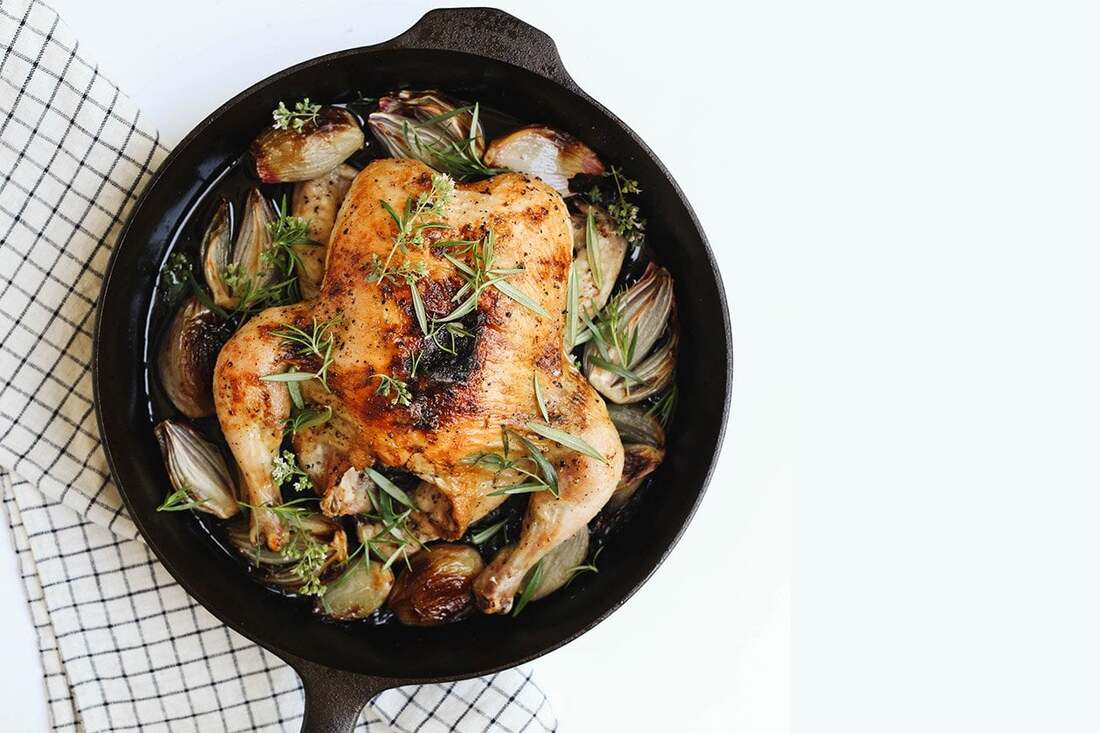
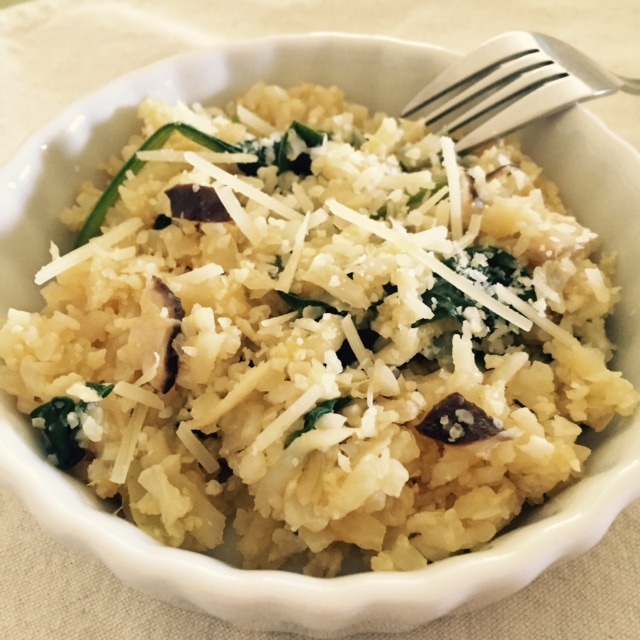
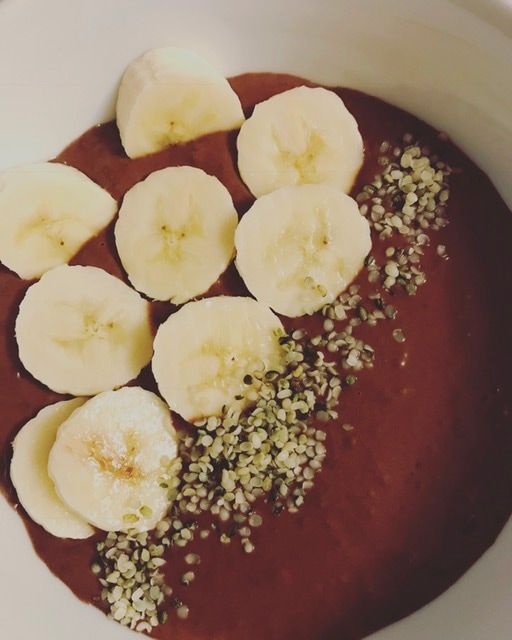
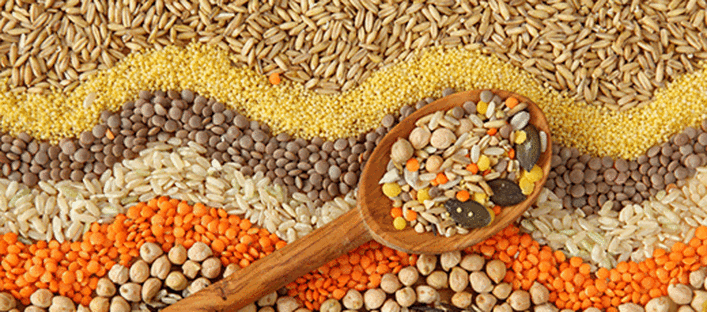
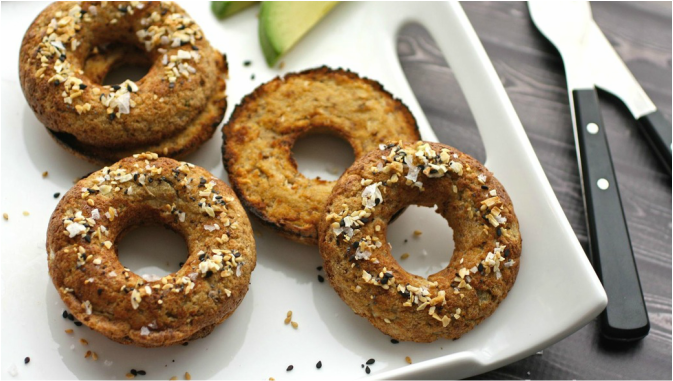
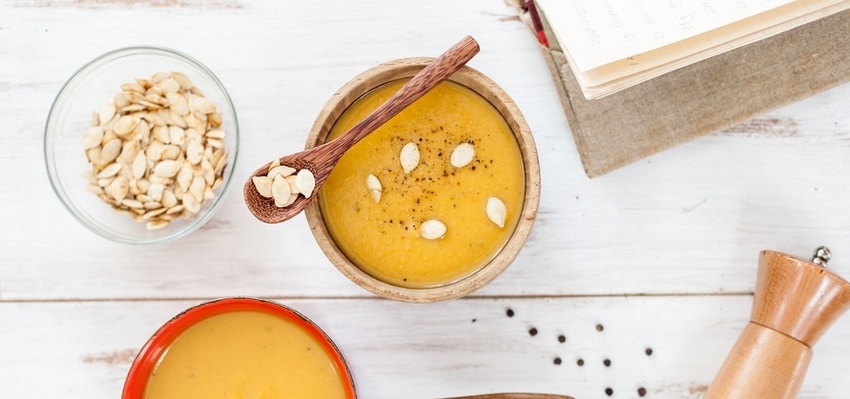
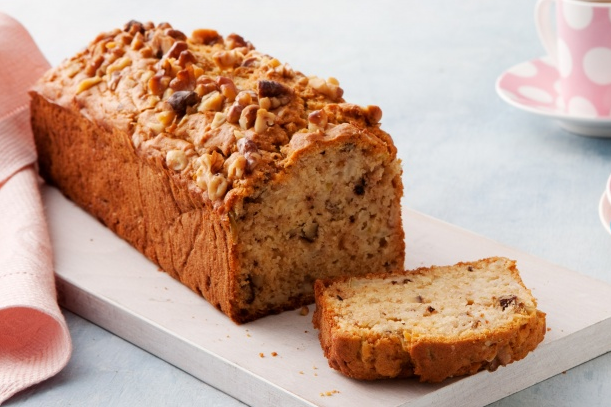
 RSS Feed
RSS Feed